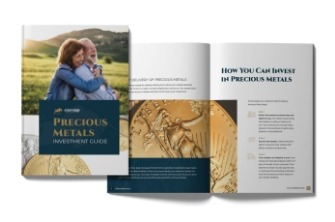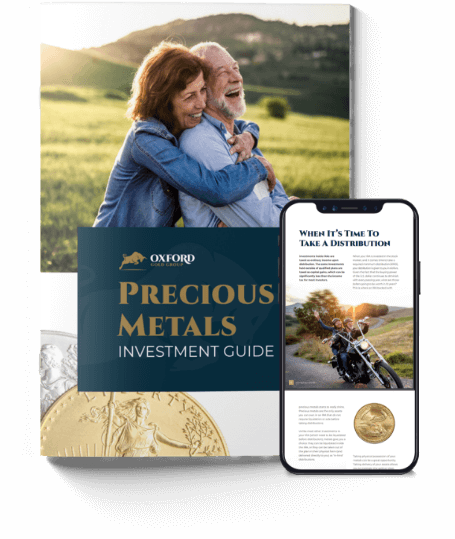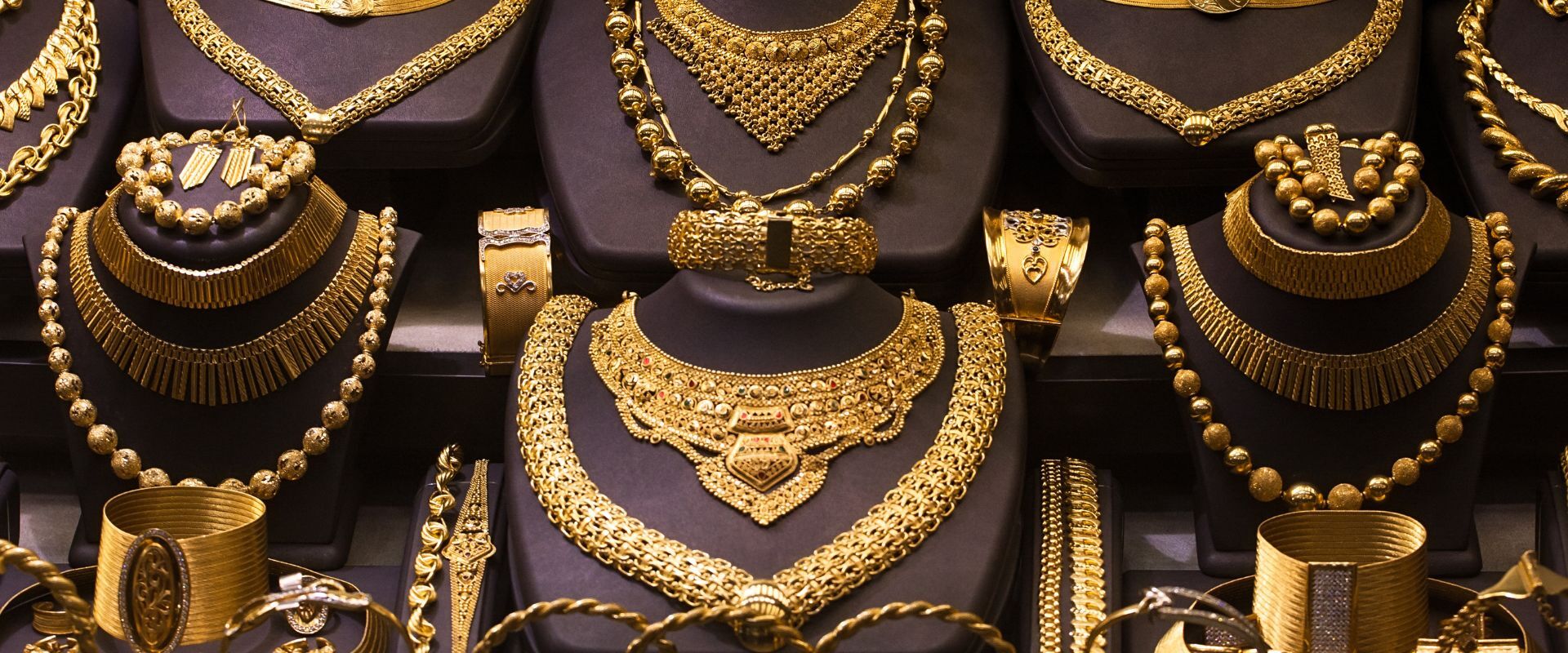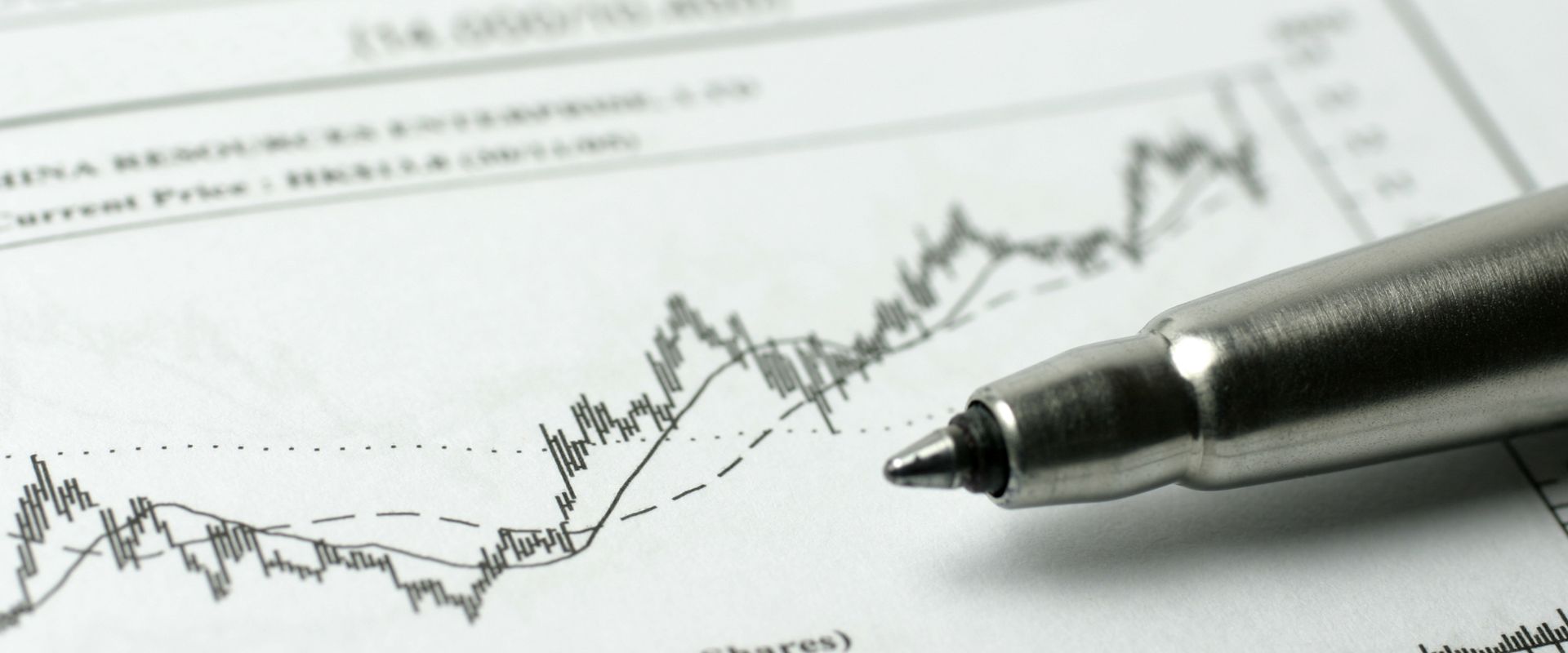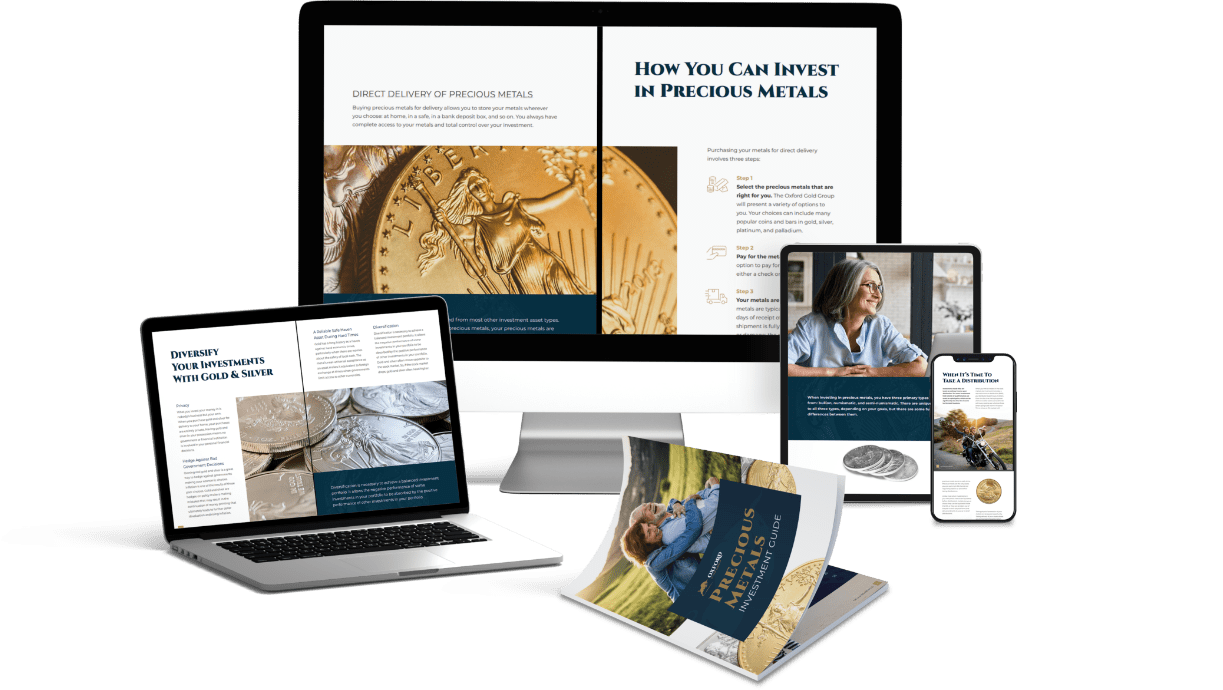Table of Contents
Silver is one of the most valuable precious metals, and it has a rich history to match. Many investors include silver bullion in their portfolios because it is a hedge against inflation, a way to diversify their portfolios, and less expensive than gold. However, any good investor knows not to make a move without doing the research first.
Silver quarters are a popular silver investment, but you might wonder: how much are these coins worth? Determining silver quarter worth isn’t as simple as a single numerical answer. Every quarter’s worth differs depending on a variety of factors. The team here at Oxford Gold Group is here to break it all down for you.
The History of the Washington Quarter
The most recognizable silver quarter is the Washington quarter. The U.S. Mint introduced this quarter in 1932 to celebrate George Washington’s 200th birthday. The obverse side of the coin features a bust of George Washington with his hair tied back. The reverse side has an eagle standing on a bundle of arrows with its wings spread out and olive branches detailing the bottom.
The U.S. Mint made Washington quarters from 1932 to 1934 with 90% pure silver content. These quarters vary in value depending on grade, date, and mintmark. The value of silver is also subject to change, which will impact the price dealers set when buying silver coins.
The History of the Standing Liberty Quarter
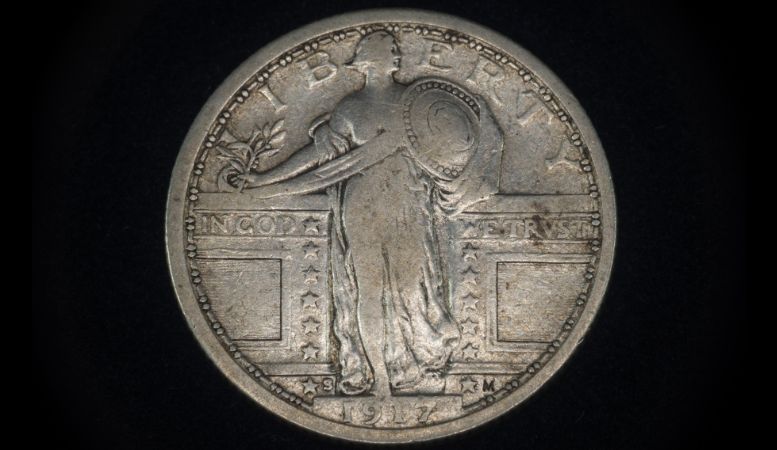
Before the Washington Quarter, there was the Standing Liberty Quarter. The U.S. minted this coin from 1916 through 1930. Hermon Atkins MacNeil, a sculptor, designed it to replace the previously used Barber Quarter. The Philadelphia Mint primarily made these coins, in addition to contributions from the Denver Mint and San Francisco Mint.
The obverse side of this coin features the standing Lady Liberty with a shield in one hand and an olive branch in the other. Above Lady Liberty’s head is an inscription that reads “LIBERTY.” An eagle decorates the reverse side, with a “UNITED STATES OF AMERICA” inscription at the top and a “QUARTER DOLLAR” inscription at the bottom. This design represented that America was ready for war or peace during World War I.
The Standing Liberty quarter also has 90% silver content, making it 0.1808 troy ounces of silver. The other 10% is copper alloy.
The History of the Liberty Head “Barber” Quarter
The Liberty Head, or “Barber” Quarter, preceded both the Standing Liberty Quarter and the Washington Quarter. The U.S. Mint began making this quarter in 1892. Charles Barber, who was the chief engraver at the U.S. Mint, designed this coin, along with a half dollar, dime, and nickel.
The obverse features the head of Liberty and a “UNITED STATES OF AMERICA” inscription, along with the year of mintage beneath Liberty. On the reverse, the coin bears the denomination with a wreath. It weighs 6.25 grams, or 0.1808 troy ounces, and has a diameter of 24.3 mm.
Like its successors, the Liberty Head Quarter has 90% silver content and 10% copper content. However, the amount of silver goes down as the coin experiences wear and tear, which affects the silver quarter’s worth.
How Do You Calculate a U.S. Silver Quarter’s Worth?
Now that you’re familiar with the various silver quarters, you must wonder what each is worth. First, note that the buying price and sell value differ. The buying price is what you pay for the coin, while the sell or melt value is what you can expect to earn if you sell it to a dealer.
The offer you receive from a dealer for a U.S. silver quarter also varies depending on the coin’s weight, mintage, and special qualities.
Silver coins’ composition is 90% silver and 10% copper. To calculate their weight in troy ounces, you must know their actual weight in grams. One troy ounce is worth 31.1035 grams, so divide the actual weight by 31.1035. Once you have the coin’s weight in troy ounces, multiply it by the coin’s fineness (90%). This gives you its net weight.
To find the silver quarter’s worth, multiply the coin’s net weight by the silver spot price, which varies depending on the day. As of November 28th, 2023, it is worth $25.11 per troy ounce of pure silver. Since this number fluctuates, the best time to buy silver changes.
How To Identify Rare and Valuable Silver Quarters
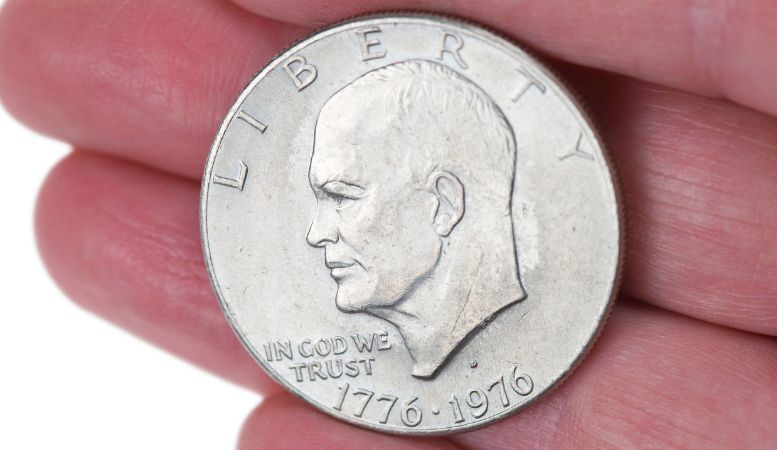
Not all silver quarters are made equally. Depending on their date and mintmarks, grading conditions, and special qualities, some are worth more than others.
Date and Mintmark
The date and mintmark of a coin refer to when and where it was made. Only three U.S. mints created silver quarters:
- Philadelphia Mint
- Denver Mint
- San Francisco Mint
While the Philadelphia Mint didn’t have a mintmark on silver quarters until much later, Denver and San Francisco both marked their minted coins with their first initials (D) and (S). The Philadelphia Mint briefly left a “P” mintmark on the wartime Jefferson Nickel, but all coinage didn’t feature this mark until 1980.
If your silver quarter has a date between 1932 and 1964 and has no mintmark above the “ER” in the “UNITED STATES OF AMERICA” inscription, it is a Washington quarter. Each of these three mints produced silver coins according to the U.S. Mint’s demand—coins of certain years are rare. This is why the date on the coin impacts its value.
The Philadelphia Mint is the United States’ main mint and produced 5.4 million of the 6.2 million silver quarters the United States produced in 1932. It only missed one year of minting the Washington Quarter in 1944.
However, the San Francisco Mint was the first to begin making the Washington quarters. The San Francisco Mint produced 408,000 coins in 1932. The San Francisco Mint didn’t mint any coins between 1956 and 1957. The Denver Mint produced 436,800 coins in 1932. In 1964, the Denver Mint produced the largest number of annual silver quarters, making 704 million quarters.
Generally, coins from the Philadelphia Mint and the San Francisco Mint are more valuable than those with a Denver Mint mark.
Transitional or Error Coins
Another factor that determines the value of a silver quarter is its errors. While the U.S. Mint makes many nearly perfect coins, mistakes happen. There are several steps in coin production, including:
- Blanking: Creating the blank discs that will become coins with coils of metal
- Annealing: Heating the blanks to make them more malleable
- Washing: Applying a cleaning solution that restores the coin’s original color
- Upsetting: Creating the raised rim
- Striking: Pressing the reverse and obverse designs into the coin simultaneously
In any of these steps, something can go wrong. If someone makes a mistake during the striking stage, this could lead to an error coin. Since these errors are so rare, they can make a silver quarter more valuable. Some errors to look for include:
- Off-Center: A circular shape deformation and off-center design. Coins with this error can be worth several hundred dollars. The more off-center the quarter is, the more valuable it is.
- Double die reverse: Two “QUARTER DOLLAR” inscriptions on one quarter. Coins with this error can be worth $25 to $175.
- Double die obverse: Doubled letters in “IN GOD, WE TRUST” and “LIBERTY” inscriptions. This error raises the value of the quarter between $450 and $1,110.
- Double tail: Two reverse sides. Only three known double-tail errors exist among circulated silver quarters, so their worth is in the tens of thousands of dollars.
- Double-struck: Struck twice or multiple times. This error can raise a silver quarter’s worth by between $25 and $175.
The more rare an error is, the more valuable it is. These are difficult silver quarters to find, but you may seek them out as a unique investment or addition to your collection.
Uncirculated Coins
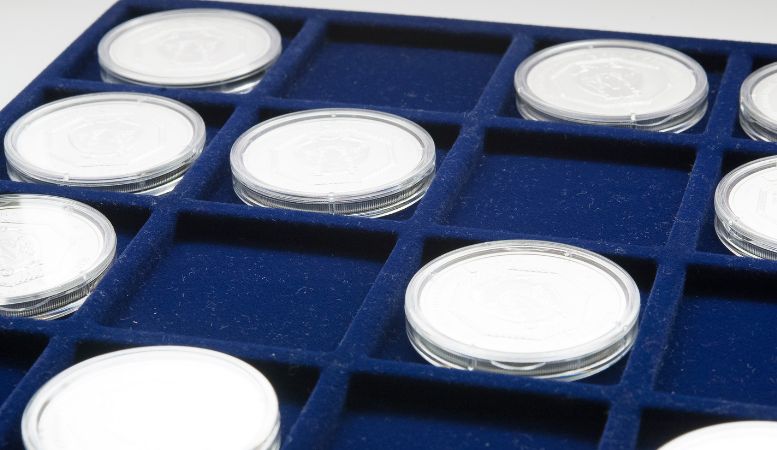
The primary function of silver quarters is as United States currency. The more people use a coin in the economy, the more collectors consider it circulated. Coins suffer wear and tear this way: passing from person to person, left on sidewalks and stepped on, and sitting in cash registers. This can cause designs to fade and the overall condition to deteriorate.
On the other hand, uncirculated coins have never circulated in the regular money supply and are therefore in excellent condition. Since all coins enter the economy through the Federal Reserve Bank, the only way to obtain uncirculated coins is directly through your bank or from collectors with special sets.
Even if an uncirculated coin has scratches or dents on its surface from transportation, it is still uncirculated as long as it has never been circulated. These coins can be extremely valuable due to their excellent condition.
Bicentennial Quarters
In the 1970s, a multi-year event began to celebrate the bicentennial anniversary of the signing of the Declaration of Independence. To celebrate, the Treasury of the United States designed and circulated commemorative coins, including quarters, half-dollars, and one-dollar coins. The Bicentennial Quarter wears the same obverse as the Washington Quarter, but the date reads “1776-1976”.
The reverse features a colonial drummer beside a flaming torch surrounded by thirteen stars. This was the winning design by Jack Ahr. While this quarter has significant historical value, it doesn’t have much unique monetary value. You can typically sell them for between $5 and $10.
How To Grade Silver Coins
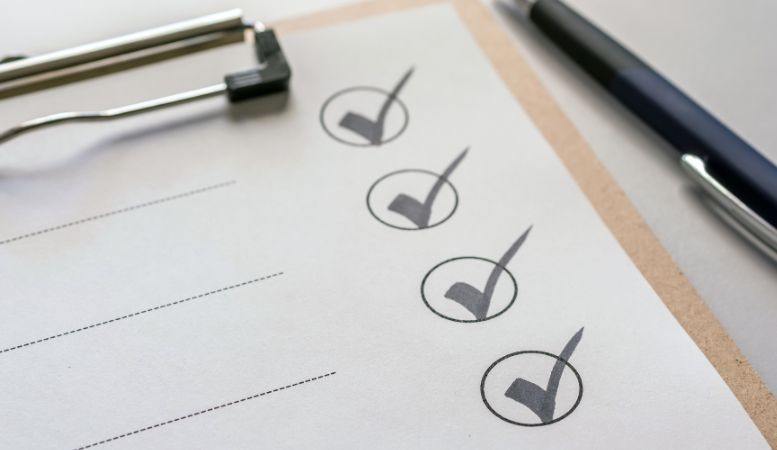
One of the most important factors in determining the value of a silver quarter is knowing how to grade it. The grade refers to the condition of the coin. Most coins will experience some wear and tear over time, but the more pristine they are, the more they are worth.
Four major grades determine a silver quarter’s worth. Knowing how to make the distinction between these grades is extremely valuable when you’re investing in silver quarters. When grading a coin, pay attention to the rim, the clarity of the design, and the inscription.
Mint grade quarters have:
- No signs of wear on the raised cheek area under Washington’s eye
- Consistently raised texture along Washington’s neck
- Consistent color and texture along the high ridge on the eagle’s outstretched wings
- The original texture and detail on the center chest of the eagle
- No signs of wear along the eagle’s legs
Extremely fine grade quarters:
- Have light wear on raised areas
- Have a flat area over Washington’s ear, with just the top of the hair detail being flat
- Have slight smoothing along the neck area above the date
- Have slight wear on the fine details of the reverse eagle
- Are missing fine details on the top of the eagle’s legs
Fine grade quarters have:
- Many flat parts along Washington’s portrait, including his cheek and jaw
- Mostly smooth hair detail
- Moderate wear on the eagle, giving it a faded appearance
- Separated feathers along the wings, but they are soft lines
- Readable letters, but they are beginning to merge
Good grade quarters:
- Have a raised Washington portrait
- Have readable “LIBERTY” inscriptions that are connected with the rim, as are the dates
- Have many clear details along the eagle’s feathers
- Have flattened eagles, but the outlines are complete
When in doubt, you can contact a professional to determine the grade of a coin before buying or selling it.
When Did the U.S. Stop Minting Silver Quarters?
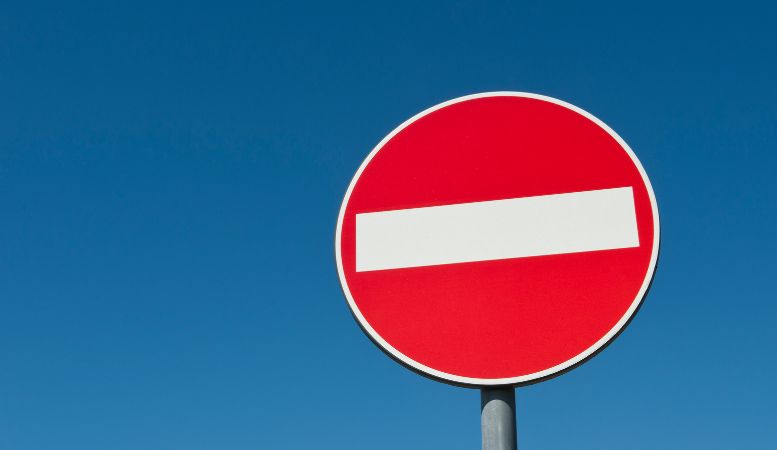
The U.S. minted silver quarters until 1965. On July 23rd, President Johnson removed silver from dimes and quarter-dollar coins with the Coinage Act of 1965. Half-dollar coins had a 40% silver content until 1970, when the U.S. removed silver from all circulating coinage. While the United States still mints bullion coins with silver content for collection purposes, it does not release them into circulation.
Explore Your Silver Investment Options With Oxford Gold Group
Silver quarters’ worth depends on their date, mintmark, condition, and rarity. You can find high-quality silver coinage here at Oxford Gold Group. We also offer various products in gold, palladium, and platinum. These products help you diversify your investment portfolio and prepare for your future.
Our goal is to help investors strengthen their portfolios to secure their retirement. Contact us today at 833-600-GOLD for more information, or browse our products page to get started.
